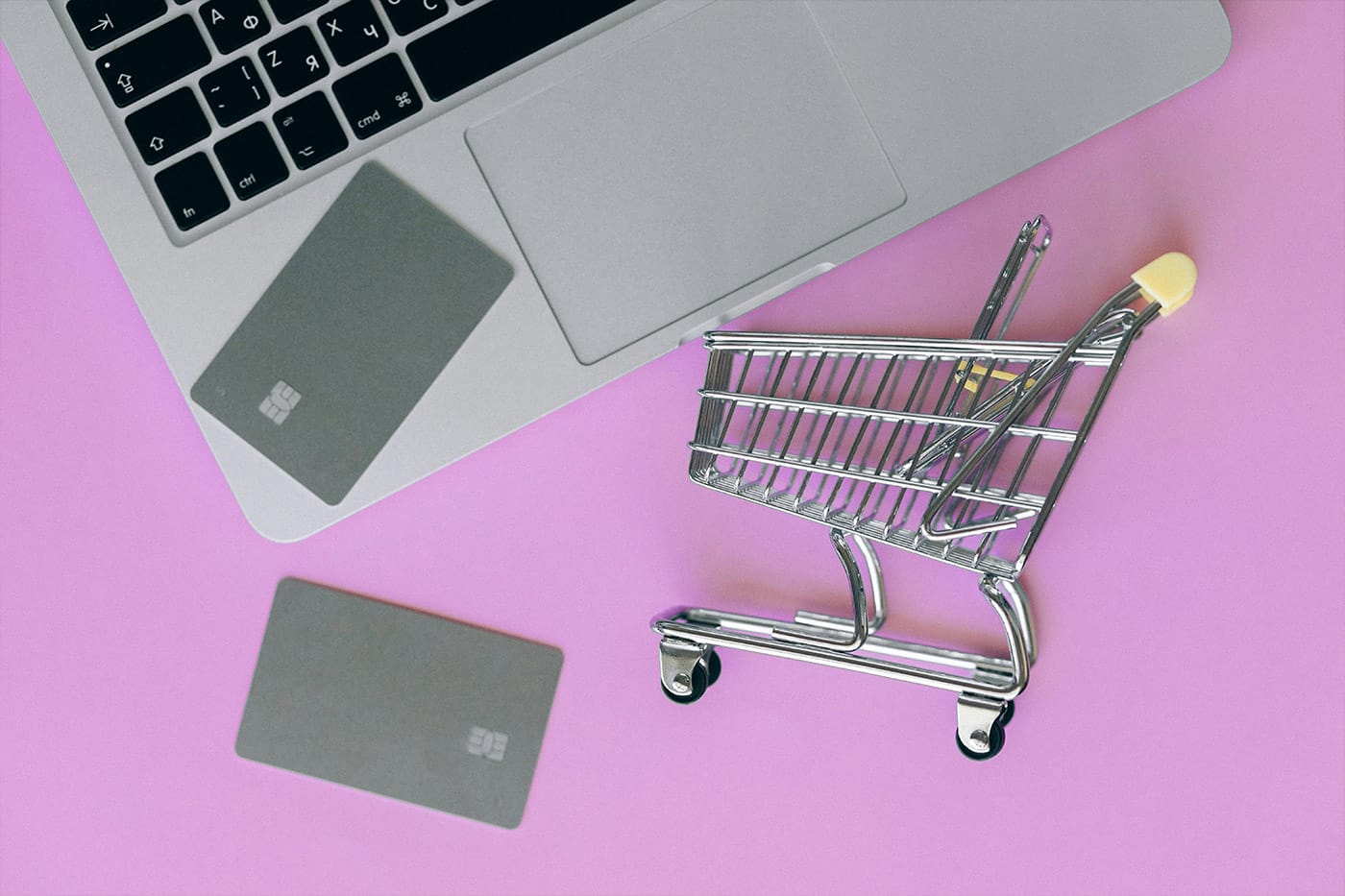Running an online shop without understanding payment gateways is a bit like trying to collect money with your eyes closed. Payment gateways are essential bits of tech for any business selling online and your ability to take secure online payments matters more than ever. The payment gateway is simply the technology that processes card payments for your website, working behind the scenes just like the card machine in your local shop.
Why does it matter? Abandoned shopping carts happen because of rubbish checkout experiences and that can equate to a lot of lost sales. Online payment fraud costs businesses billions globally and security isn’t something you can afford to ignore.
This guide strips away all the confusing jargon. We’ll explain what payment gateways actually are, walk through how the process works and show you how they fit into the broader shopping experience. Whether you’re just setting up or looking to improve what you’ve already got, you’ll find straightforward answers by reading on.
What is a payment gateway and why it matters
The basic payment gateway definition
A payment gateway is a technology platform that sits between your website and all the financial bits working in the background. The payment gateway takes card details securely and sends them off to be processed, resulting in either a thumbs up or thumbs down for the transaction.
Payment gateway is the digital version of that card machine you tap your card against in physical shops. It’s both the starting point for online transactions and the messenger that tells customers whether their payment went through and payment gateways are responsible for keeping sensitive financial information safe throughout the journey.
Why businesses need a payment gateway
If you’re selling online and want to take card payments, a payment gateway isn’t something you can avoid. Without one, you simply can’t process credit or debit card payments at all.
The advantages of having a proper payment gateway system are pretty significant. Security is the big one and these systems use encryption and follow strict security protocols to protect both you and your customers.
Payment gateways also make the whole checkout experience smoother for your customers and if you’ve got plans to sell to customers abroad, payment gateways have the capabilities for handling different currencies and connecting to various payment methods around the world.
How it fits into the online shopping experience
The payment gateway is a key part of your customer’s journey. As a buyer you’ve used one yourself countless times and every online purchase you’ve ever completed has gone through a payment gateway.
During checkout, several important things happen. First, the gateway encrypts your customer’s card details to keep them safe. Then it sends this protected information to the payment processor, which talks to your customer’s bank. After the bank has completed its checks, the payment gateway gets the answer and passes it back to your website. This whole process happens in seconds, creating that smooth experience we all expect these days when shopping online.
This final checkout step is where sales are either sealed or lost. Payment gateways help make this bit as hassle-free as possible, which means more completed sales and fewer abandoned shopping baskets.
The Payment Gateway Process Explained Step by Step
Ever wondered what happens after a customer hits that ‘Pay Now’ button? Understanding the behind the scenes process helps explain why payment gateways matter so much for your online business.
1. Customer Enters Payment Details
It all starts when someone reaches your checkout page after a decision to buy. They enter their payment card information. Depending on how you’ve set things up, this might happen directly on your website or through a separate payment page hosted by your gateway provider.
2. Data Encryption and Secure Transfer
As soon as your customer clicks ‘submit’, the payment gateway jumps into action. It encrypts the sensitive card data using security protocols like SSL or TLS to prevent hackers making sense of it, even if they somehow intercept.
This encrypted information gets securely sent off to the payment processor or acquiring bank. The encryption creates what’s essentially a secure tunnel, protecting the data from the moment it’s entered until it reaches its destination.
3. Fraud Checks and Authorisation
Once securely transmitted, the payment gateway runs various checks to make sure the transaction is legitimate. The encrypted information then travels along a chain – from the acquiring bank to the card network (Visa, Mastercard etc), and finally to the bank that issued your customer’s card.
At this point, the issuing bank conducts various checks including: whether the account is active, if there’s enough money available, and whether anything looks suspicious.
4. Getting the Final Answer
Based on all these checks, the issuing bank decides whether to approve or decline the transaction. This answer then travels back along the same route back to the payment gateway.
Your payment gateway then passes this result to your website, which shows the appropriate message to your customer. For successful transactions, they’ll see confirmation with their order details. If declined, they’ll get prompted to try a different payment method.
Who’s involved in a payment gateway system
Ever wondered how your money actually gets from your customer to your bank account? Several key players work behind the scenes to make your payment gateway tick along smoothly.
The customer’s bank plays referee
The issuing bank is the financial institution that the purchaser holds their bank account with and has the final say on whether a transaction gets approved or declined.
When someone shops on your website, their bank checks if they’ve got enough cash or credit available, looks for anything suspicious, and then either approves or rejects the payment.
Your bank collects the cash
On your side sits the acquiring bank (or acquirer). This is the financial outfit that holds your merchant account and receives the money from successful sales. Your acquirer acts as the go between connecting your business to card networks like Visa and Mastercard. After a transaction gets approved, your acquiring bank puts the funds into your merchant account – minus their fee.
Payment processors aren’t payment gateways
A payment processor is the service that passes transaction details between your acquiring bank and the card networks. The payment gateway, however, is the customer facing tech that securely captures and encrypts payment details before sending them off to the processor.
The processor is the messenger carrying that encrypted information between all the financial institutions involved. Many service providers bundle both functions together, which helps explain why the distinction often gets blurred.
What makes a good payment gateway experience
Good payment gateways create smooth experiences that win customer trust and boost your sales. The quality of your payment system directly affects your profits, with top notch gateways becoming genuine assets for growing your business.
Speed and ease of checkout
A streamlined checkout process can make a big difference to your bottom line. When customers find a quick, straightforward way to pay, they’re far less likely to abandon their shopping baskets.
One click payment options have become particularly brilliant for improving conversion rates. These systems securely store payment details, letting returning customers complete purchases in seconds without re entering their card information. This speed is especially effective at triggering impulse buys for those smaller ticket items.
Security and trust signals
Speed matters, but security is absolutely fundamental to exceptional payment experiences. Your customers need to feel confident their sensitive details are safe throughout the entire payment process.
The best gateways use robust encryption protocols, tokenisation, and 3D Secure authentication to protect customer data. These security measures not only prevent fraud but build lasting trust with your shoppers.
Just as important are the visible security indicators that reassure customers at checkout. Websites displaying security seals experience higher conversion rates with familiar elements like padlock icons, HTTPS in the URL, and recognisable trust badges providing peace of mind.
Support for multiple payment methods
A truly effective payment system needs to handle different customer preferences through various payment options. Supporting everything from credit cards to digital wallets and bank transfers improves the checkout experience.
This flexibility reduces abandoned carts, caters to different demographic preferences and helps you expand into global markets letting your customers pay however they prefer. A well designed gateway creates the perfect balance of combining security, speed, and versatility to meet both your needs and your customers’ expectations.
Selecting the right payment gateway for your business
Payment gateways are the backbone of online commerce. They connect your customers to the financial systems that make digital selling possible. Throughout this guide, we’ve worked through what these tools do, how they handle transactions and why they matter so much to your day to day operations.
Security is your first priority when dealing with customer payment data. Choosing a gateway with solid encryption, decent fraud detection capabilities and high security compliance should be at the top of your list. Add in user experience to your requirements as the checkout process your gateway provides directly affects your conversion rates.
The best payment gateway for your business balances three key things: robust security, flexible payment methods and smooth efficiency. Your particular business needs, the customers you serve and where you want to take your company will certainly influence which solution fits best.
Getting familiar with these basics empowers you to make smart choices about this part of your e commerce setup. A well chosen payment system doesn’t just move money around, it builds trust with your customers, makes your brand look professional, and supports growth as more shopping moves online.
Sometimes the technical side of running an online business feels overwhelming, but sorting your payment gateway doesn’t have to be complicated and focus on what matters most to your customers and your business model.








